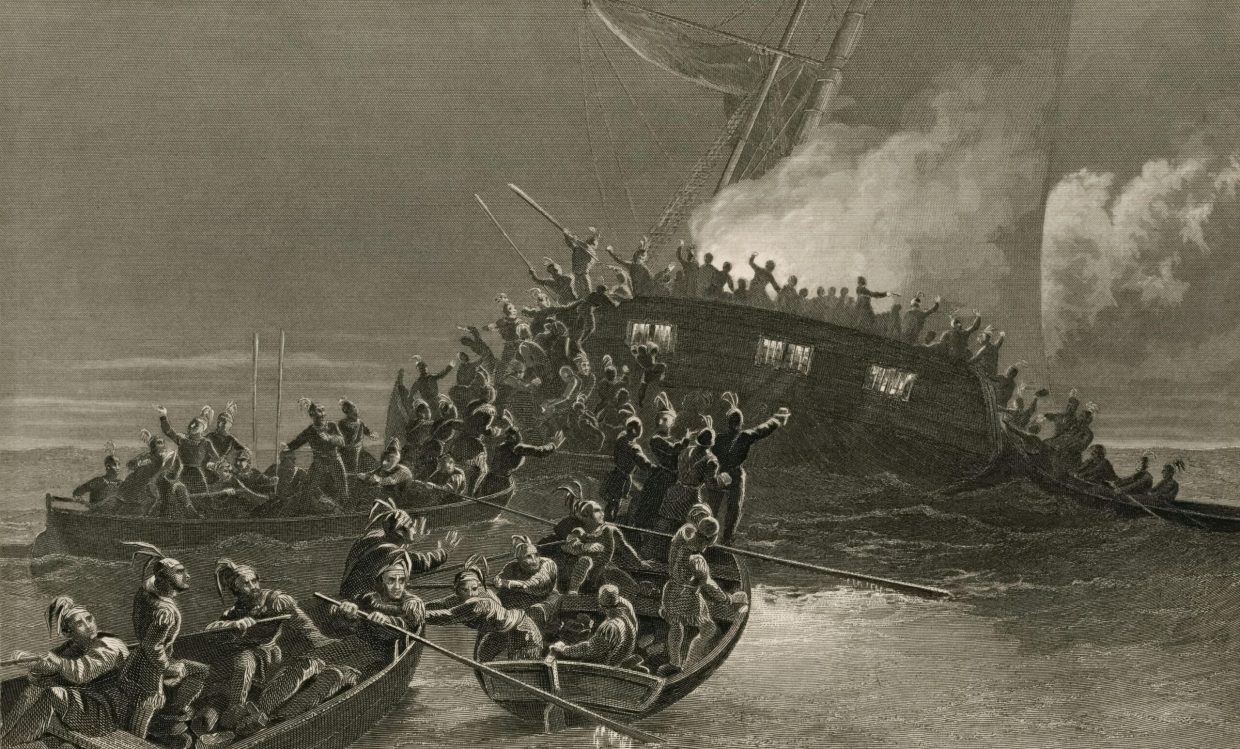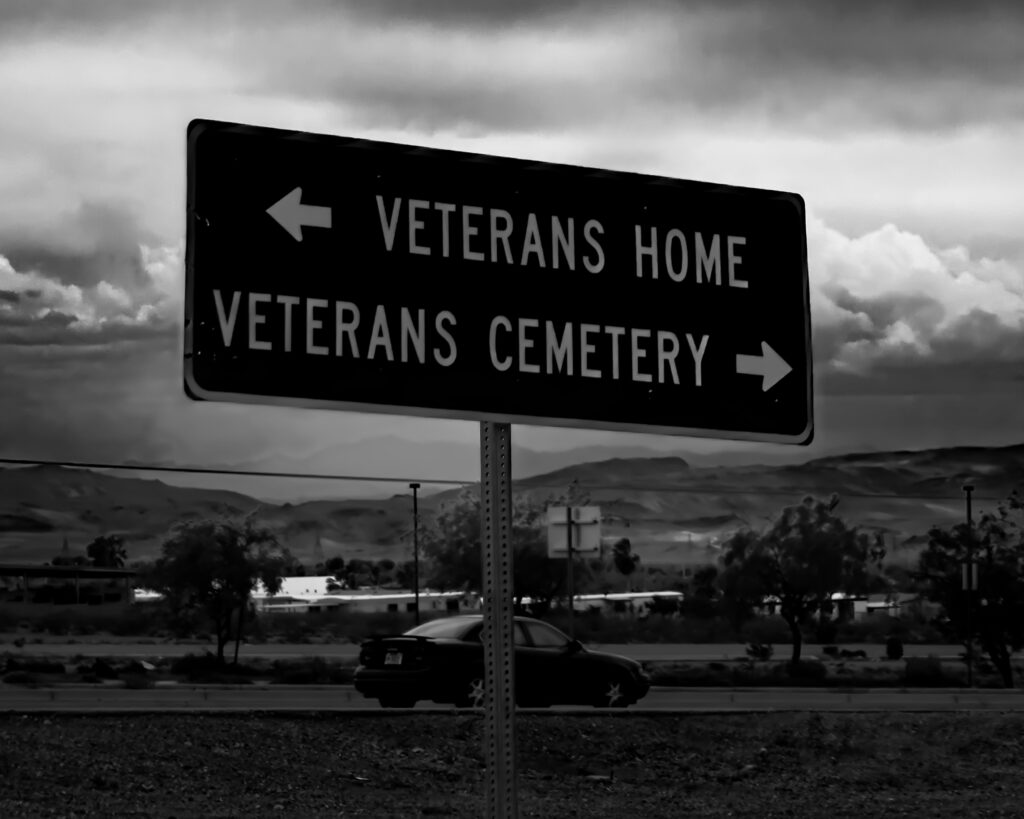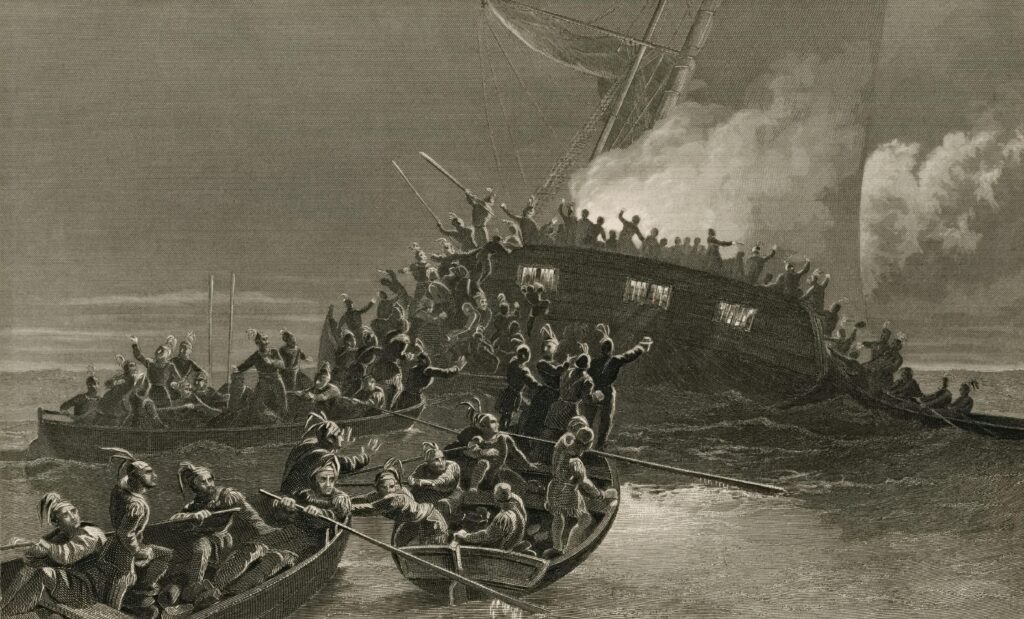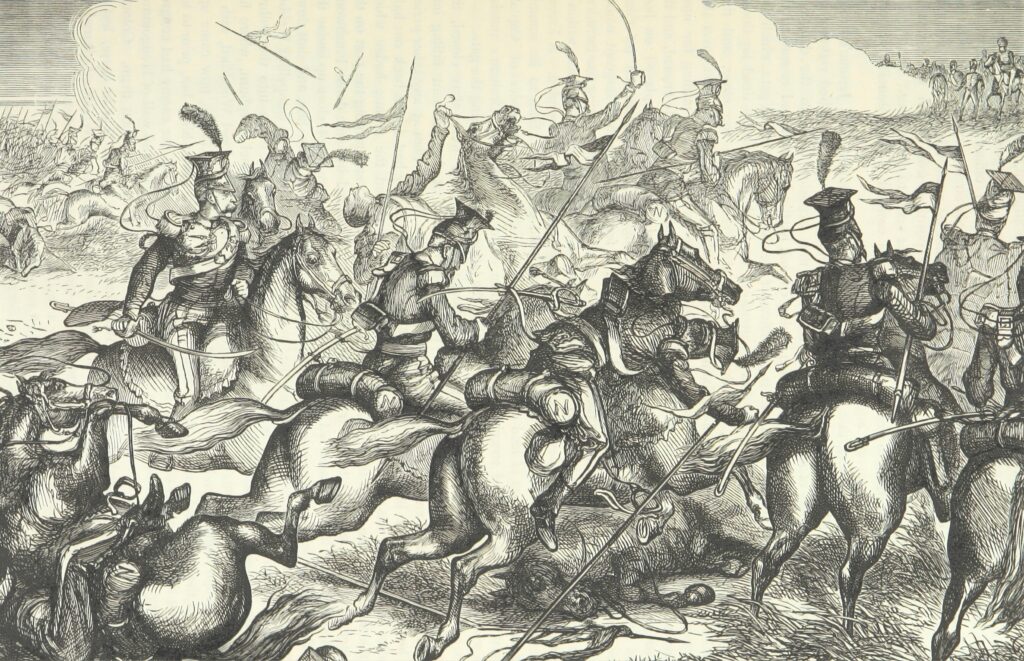The Battle of Waterloo stands as one of the most significant turning points in European history, marking the definitive end of Napoleon Bonaparte’s imperial ambitions. Fought on June 18, 1815, this climactic confrontation not only sealed the fate of Napoleon’s empire but also reshaped the political landscape of the continent for decades to come. In this article, we’ll explore how the strategies, alliances, and sheer determination of coalition forces culminated in Napoleon’s final defeat, bringing an end to an era dominated by his relentless quest for power. Join us as we delve into the details of this historic battle and uncover how it altered the course of history.
Table of Contents
- The Strategic Landscape Before the Battle of Waterloo
- Key Battles and Decisions That Shaped Napoleon’s Defeat
- The Role of Allied Forces and Leadership in Securing Victory
- Lessons from Waterloo for Modern Military Strategy and Leadership
- In Conclusion
The Strategic Landscape Before the Battle of Waterloo
The months leading up to the decisive clash were marked by intense diplomatic maneuvers and military realignments across Europe. Following his dramatic escape from Elba, Napoleon’s return reignited fears of French dominance, prompting the Seventh Coalition — a powerful alliance of Britain, Prussia, Russia, Austria, and others — to rally their forces. Despite his initially limited resources, Napoleon moved swiftly to assemble a formidable army, banking on rapid, decisive strikes to fracture his enemies before they could consolidate their strength. The battlefields of Belgium emerged as a critical focal point, chosen for its strategic position at the crossroads of imperial ambitions and vital supply lines.
Key elements shaping the struggle included:
- Coalition unity: Though diverse in national interests, the coalition managed effective coordination, significantly undermining Napoleon’s traditional advantage of dividing his enemies.
- Leadership dynamics: The seasoned Duke of Wellington and the determined Prussian commander Field Marshal Blücher showcased sharp tactical acumen, each understanding their roles in encircling and overpowering the French forces.
- Logistical challenges: Both sides faced supply difficulties, but Napoleon’s rapid advance stretched his lines thin, while the coalition benefited from better communication and reinforcements.
Key Battles and Decisions That Shaped Napoleon’s Defeat
The final showdown at Waterloo was the culmination of a series of critical battles and strategic decisions that gradually eroded Napoleon’s dominance in Europe. Prior to Waterloo, the Battle of Leipzig in 1813, often called the “Battle of Nations,” was one of the most devastating blows to his forces, involving a coalition of Russia, Prussia, Austria, and Sweden. This defeat forced Napoleon to retreat westward, significantly diminishing his army’s strength and morale. The subsequent failed invasion of Russia in 1812 also played a pivotal role, as the harsh winter and scorched-earth tactics decimated his Grande Armée, reducing his capacity to field a formidable military force in the crucial moments leading up to Waterloo.
At Waterloo itself, a combination of overconfidence, tactical errors, and the effective coordination of the Allied forces sealed Napoleon’s fate. His decision to delay the start of the battle allowed the Prussian army under General Blücher to regroup and eventually launch a decisive flank attack against the French. Additionally, the stubborn resistance of the British-led allied troops under the Duke of Wellington held firm against repeated French assaults. Key factors included:
- Misjudgment of enemy movements: Napoleon underestimated the speed and resilience of the Prussian forces.
- Communication breakdowns: Delays and misunderstandings between French commanders diluted their tactical advantage.
- Weather conditions: The muddy terrain hampered the swift movement of troops and artillery, affecting French offensives particularly.
These intertwined elements not only shaped the outcome of this decisive battle but also marked the irreversible decline of Napoleon’s imperial ambitions.
The Role of Allied Forces and Leadership in Securing Victory
The triumph at Waterloo was not merely the result of sheer numbers or battlefield tactics; it was the culmination of strategic cooperation between the Allied forces under the exemplary leadership of the Duke of Wellington and the Prussian Field Marshal Gebhard Leberecht von Blücher. Wellington’s ability to hold the defensive lines with British, Dutch, Belgian, and German troops demonstrated not only his military acumen but also his skill in forging a resilient multinational coalition. Meanwhile, Blücher’s timely arrival with Prussian reinforcements turned the tide decisively against Napoleon, exemplifying how synchronization among commanders was crucial to overpowering the French forces.
Several critical factors underpin the Allied success at Waterloo:
- Unified Command Structure: Despite the diversity of forces involved, a cohesive chain of command was maintained, ensuring coordinated tactics throughout the battle.
- Effective Communication: Rapid transmission of troop movements and battlefield conditions between Wellington and Blücher prevented costly delays.
- Adaptability and Morale: Allied leaders adapted to Napoleon’s unpredictable maneuvers and maintained high troop morale, a stark contrast to the French forces worn down by continuous campaigns.
These elements, combined with the leaders’ steadfast resolve, were instrumental in sealing the fate of Napoleon’s Empire, marking a watershed moment in European history.
Lessons from Waterloo for Modern Military Strategy and Leadership
Waterloo remains a timeless case study in military strategy, teaching us that even the most formidable forces can falter without adaptability and cohesion. The battle illustrated the crucial importance of intelligence gathering and real-time communication. Napoleon’s forces suffered significantly due to delayed information and misjudgments about enemy positions, emphasizing how modern commanders must leverage technology and rapid communication channels to maintain situational awareness. Moreover, the failure to anticipate and counter coalition strategies reinforces the lesson that flexibility—and the readiness to pivot plans—can decisively influence outcomes on the battlefield.
The leadership exhibited at Waterloo also offers invaluable insights for today’s military leaders. Coordination between allied forces under the Duke of Wellington and Prussian General Blücher was pivotal, highlighting how effective coalition leadership demands trust, clear command structures, and synchronized effort. Additionally, the battle underscores the necessity of maintaining morale and discipline under pressure; both factors determined unit resilience and combat effectiveness. For modern strategists, embracing these principles means fostering leadership that is both strategically astute and human-centered, integrating tactical innovation with sound judgment and collaborative spirit.
- Adaptability: Adjusting plans based on evolving battlefield conditions.
- Communication: Ensuring clear, real-time intelligence-sharing.
- Coalition Unity: Building trust and efficient command among allied forces.
- Morale Management: Sustaining troop resilience under stress.
In Conclusion
As we reflect on the Battle of Waterloo, it’s clear that this pivotal clash did more than just end Napoleon’s reign—it reshaped the course of European history. The defeat marked the definitive fall of an empire built on ambition and military genius, paving the way for a new era of diplomacy and balance of power. Understanding Waterloo not only illuminates the complexities of Napoleonic warfare but also reminds us how one decisive moment can alter the fate of nations. For history enthusiasts and casual readers alike, the lessons of Waterloo continue to resonate, underscoring the fragile nature of empire and the enduring impact of strategic leadership.













